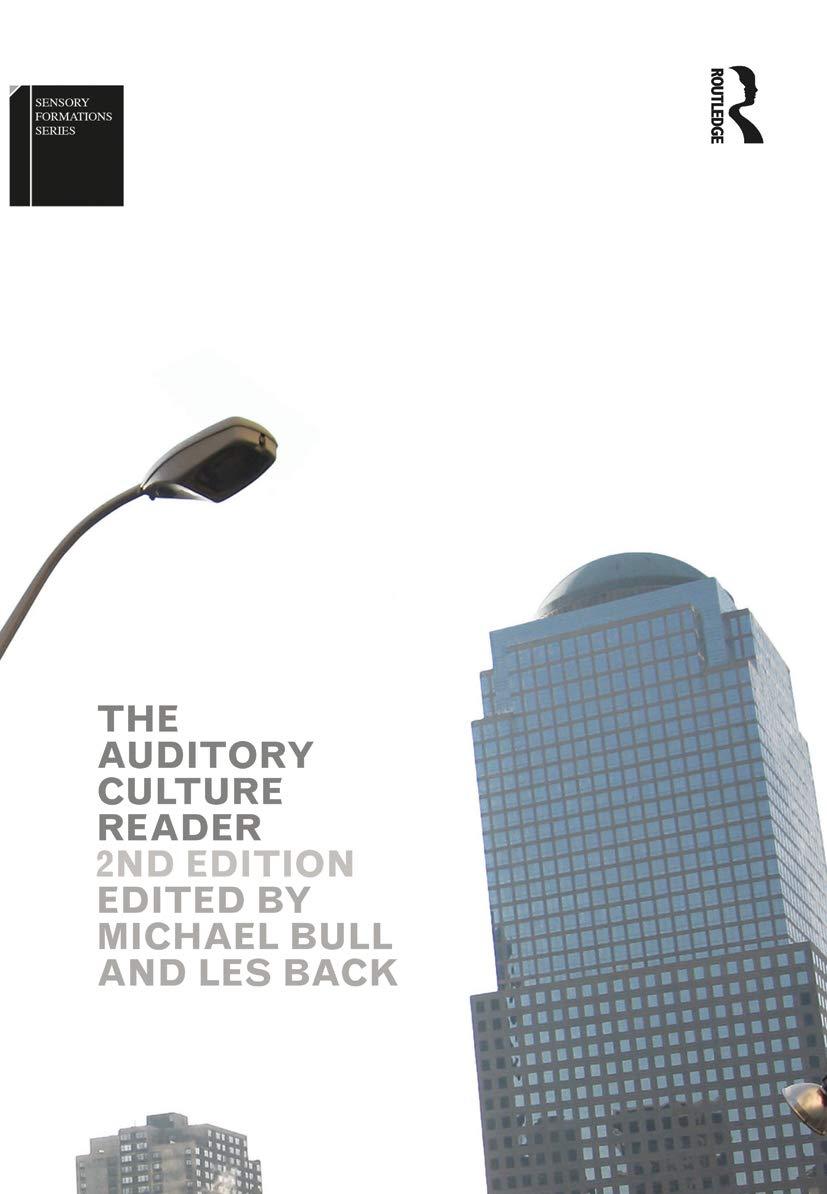Question
Happy camper Company is a service based company that rents canoes for use on local lakes and rivers during . In addition to rental serices,
Happy camper Company is a service based company that rents canoes for use on local lakes and rivers during . In addition to rental serices, at the beginning of , Company decided to carry and sell T-shirts with its logo printed on them. Company uses the perpetual inventory system to account for the inventory. DuringFebruary 2025, Happy Camper Company completed the following merchandising transactions: (do feb 2- feb 27)(ALL)
| Feb. 2 | Sold 70 T-shirts at $12 each. |
|---|---|
| Feb. 5 | Purchased 60 T-shirts at $12 each. |
| Feb. 7 | Sold 70 T-shirts for $12 each. |
| Feb. 8 | Sold 15 T-shirts for $12 each. |
| Feb. 10 | Happy Camper Company realized the inventory was running low, so it placed a rush order and purchased 40 T-shirts. The premium cost for these shirts was $13 each. |
| Feb. 12 | Placed a second rush order and purchased 70 T-shirts at $13 each. |
| Feb. 13 | Sold 40 T-shirts for $12 each. |
| Feb. 15 | Purchased 60 T-shirts for $12 each. |
| Feb. 20 | In order to avoid future rush orders, purchased 230 T-shirts. Due to the volume of the order, Happy Camper Company was able to negotiate a cost of $9 each. |
| Feb. 21 | Sold 70 T-shirts for $12 each. |
| Feb. 22 | Sold 60 T-shirts for $12 each. |
| Feb. 24 | Sold 5 T-shirts for $12 each. |
| Feb. 25 | Sold 40 T-shirts for $12 each. |
| Feb. 27 | Sold 90 T-shirts for $12 each. |
Requirement 1. Assume Happy Camper Company began February with 110 T-shirts in inventory that cost $9 each. Prepare the perpetual inventory records for February using the FIFO inventory costing method.
Enter the transactions in chronological order, calculating new inventory on hand balances after each transaction. We will complete the schedule for the first five dates in this step, the next five dates in the following step, and so on. Once all of the transactions have been entered into the perpetual record, calculate the quantity and total cost of merchandise inventory purchased, sold, and on hand at the end of the period. (Enter the oldest inventory layers first.)
|
| Purchases | Cost of Goods Sold | Inventory on Hand | ||||||
|
|
| Unit | Total |
| Unit | Total |
| Unit | Total |
| Date | Quantity | Cost | Cost | Quantity | Cost | Cost | Quantity | Cost | Cost |
| Feb. 1 |
|
|
|
|
|
|
|
|
|
| 2 |
|
|
|
|
|
|
|
|
|
| 5 |
|
|
|
|
|
|
|
|
|
|
|
|
|
|
|
|
|
|
|
|
| 7 |
|
|
|
|
|
|
|
|
|
|
|
|
|
|
|
|
|
|
|
|
| 8 |
|
|
|
|
|
|
|
|
|
Step by Step Solution
There are 3 Steps involved in it
Step: 1

Get Instant Access to Expert-Tailored Solutions
See step-by-step solutions with expert insights and AI powered tools for academic success
Step: 2

Step: 3

Ace Your Homework with AI
Get the answers you need in no time with our AI-driven, step-by-step assistance
Get Started


